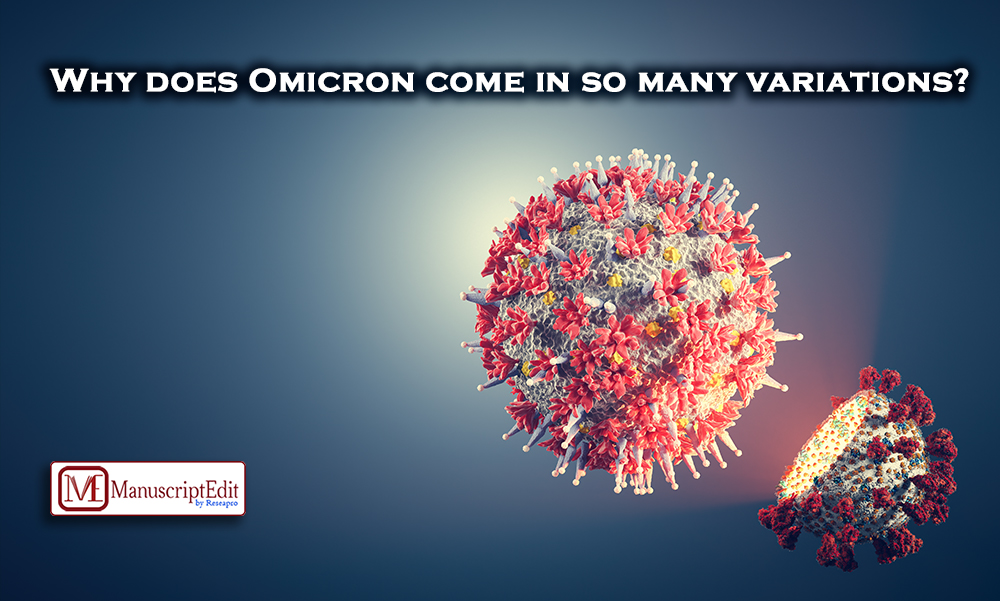What Exactly Is a Variant?

Viruses replicate themselves in order to spread. They frequently mutate, or change, a little bit as they go. Variant refers to a copy that differs from the original virus. Variants can occasionally appear to be very similar to the original virus. Others might clearly differ from one.
Throughout the pandemic, the coronavirus that causes COVID-19 underwent numerous changes of this nature. The World Health Organization (WHO) gives each new coronavirus variant it discovers, a name based on a Greek letter. Alpha, Delta, and Omicron are examples of note variations.
What Characteristics Can Variants Have Over the Original Virus?
According to how contagious they are, how sick they make people feel, how they react to drugs and vaccines, and whether they can spread to other people, variations can be distinguished from the original virus. (1) Comparing the Omicron variant to the original SARS-CoV-2 virus found in the Wuhan city of China, reveals that it has more than 50 mutations. About 30 of these influence the spike protein1, which the coronavirus uses to bind to and fuse with cells, by altering its amino acid composition. (2) Most vaccines are designed to attack this protein, which the virus uses to invade and control human cells. (3) A maximum of ten of these spike mutations have been present in prior variants of concern.
Why does Omicron come in so many variations?
Every virus, including SARS-CoV-2, is always evolving. Most mutations have a negligible to no impact on the capability of the virus’s to be contagious or to result in a serious illness. Viruses that undergo significant mutations are considered to belong to a different lineage (like a distinct branch of a family tree). However, viral lineages are not considered variants till it has amassed a number of distinctive mutations known to increase the virus’s capacity for transmission and/or worsening disease. This was true for the Omicron lineage of the BA lineage, also referred to as B.1.1.529 by the WHO. With its rapid expansion, Omicron now makes up nearly all of the currently sequenced genomes worldwide.
Omicron has acquired specific mutations of its own due to the rapid spread of the species and the numerous opportunities for mutation that have resulted. These have produced a number of sub-variants or sub-lineages.
The initial two were designated BA.1 and BA.2. , BA.3, BA.1.1, BA.5, and BA.4 are now incorporated into the list as well.
Future vaccines: Aim to combat new variants
The effectiveness of coronavirus vaccines has significantly decreased the severe symptoms and mortality globally. Although, new variations are likely to emerge in the following period and they might be more deadly and contagious. To stay one step ahead, researchers are hard at work inventing different vaccines for coronavirus that prepare the immune system to fight novel variants.
[credit-smruti]

